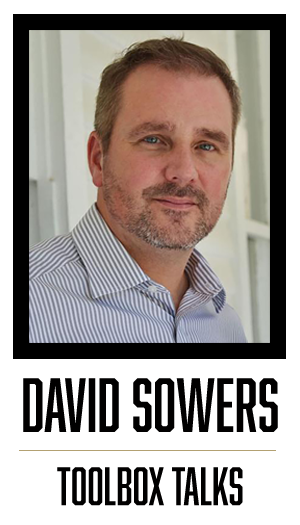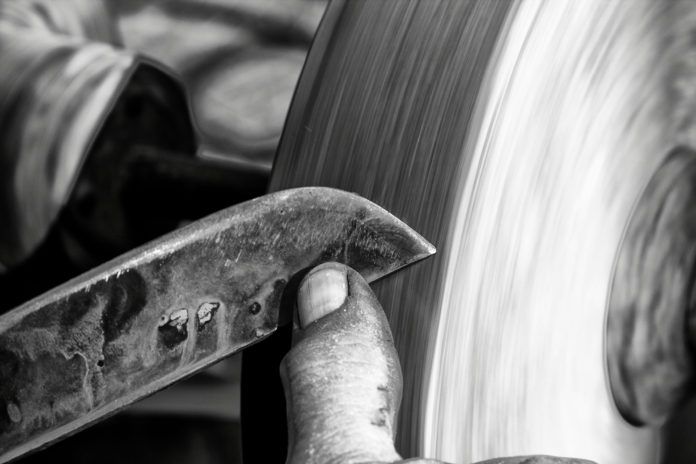If you’re reading this, then the title was just weird enough to pique your interest. “Procedures are like a knife? What kind of nonsense is that?” Let’s see if we can’t make some sense of this simile.
 Procedures are a tool for the workers. They are the tool that allows us to perform our work in a consistent, safe and repeatable way. We have determined THE SINGLE BEST way to accomplish a task and documented it so everyone can follow those steps. No need to reinvent the wheel every time we do something, just follow this procedure and its recipe for success.
Procedures are a tool for the workers. They are the tool that allows us to perform our work in a consistent, safe and repeatable way. We have determined THE SINGLE BEST way to accomplish a task and documented it so everyone can follow those steps. No need to reinvent the wheel every time we do something, just follow this procedure and its recipe for success.
Procedures are great but can present some potential problems. Procedures can lead to the trap of overconfidence or complacency. There can be a tendency to turn off your questioning attitude and blindly follow the steps as written because we trust that the procedure is accurate and complete.
Procedures are written by people and people will make mistakes. Often the person writing the procedure is not in the same role as the person who will be using it. (Engineers: Am I right?) The procedure might seem to work on paper but executing it in the field requires a little more work. There may be vague guidance that you sort of “just have to know” what that step really means. There may be some outright wrong information due to a technical or clerical error.
You have probably heard that using a dull knife is more dangerous than using a sharp knife. The reason for this is you must exert more force when trying to cut with a dull knife and it has less “bite” than a sharp knife. These two factors increase the chance that the knife will slip and strike something unintended. A sharp knife is more efficient and easier to use and control; a dull knife makes you work for it.
Same goes for your procedures. You should be constantly sharpening your procedures so they are ready for the next person. You should hone the words like you would hone the edge of a blade. If you find that the procedure really makes you “work for it,” then you should suggest ways to clarify the guidance. If something is wrong with the procedure but you knew how to make it work, put in a change request to get it updated.
Procedures are not perfect; that’s why they have revisions. They are designed to be constantly refined and improved with each subsequent version. Some procedures can go through dozens of updates as mistakes, vague language, or updated technical information is discovered. My personal record is having used a procedure that was on revision 127. That procedure became sharper and sharper with every revision. All the kinks, nicks, and worn edges have been worked out and that procedure was sharp, ready, easy to use, and less likely to contribute to a slip up.
When using a procedure, ask yourself each step of the way “Does this make sense?” If there is an opportunity to clarify or correct it, don’t just put it back in the same condition, sharpen it up by requesting a revision. Procedures are a tool like a knife; the sharper, the better and we need to keep them sharp and ready for next time.
Epilogue: What’s the largest revision number you have seen? Share it with us on Facebook. We’ll believe you if you tell us, but if you could grab a picture and share it …
Toolbox Talks offers quick insights and thoughts to use for your toolbox (tailboard) talks. Dave Sowers is a founding member of Knowledge Vine, a veteran-owned human performance training and consulting organization that strives to reduce the frequency and severity of human errors in the workplace. He has almost 30 years of experience in power generation and the utility industry. He is a veteran of U.S. Navy Nuclear Power Program and holds a bachelor’s degree in resources management and a master’s degree in both management and emergency management and homeland security.



